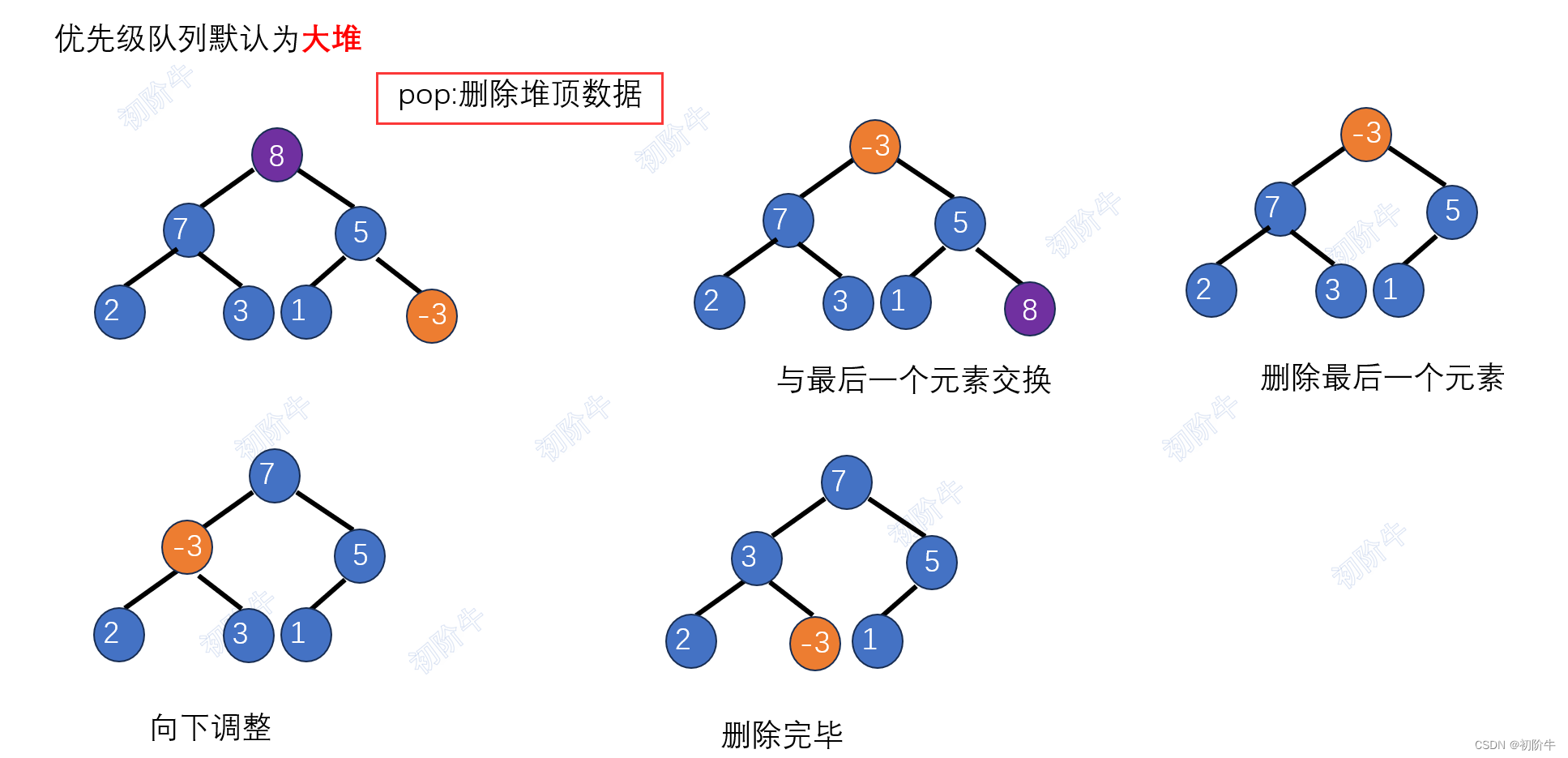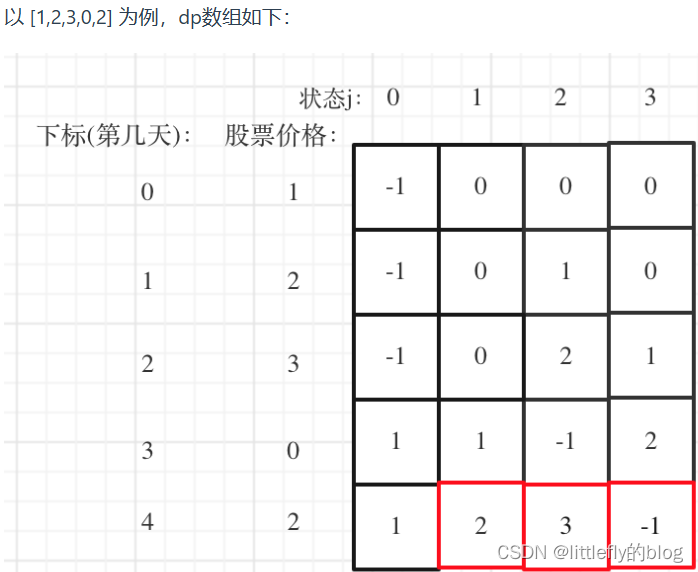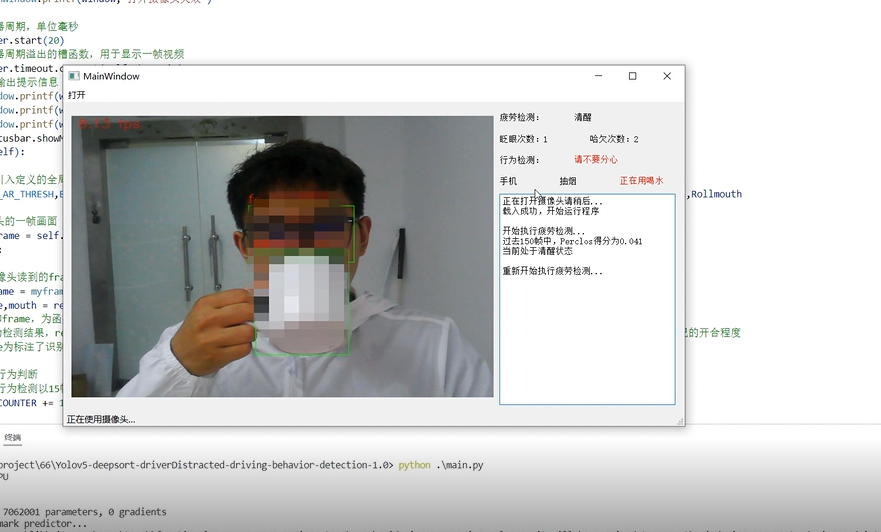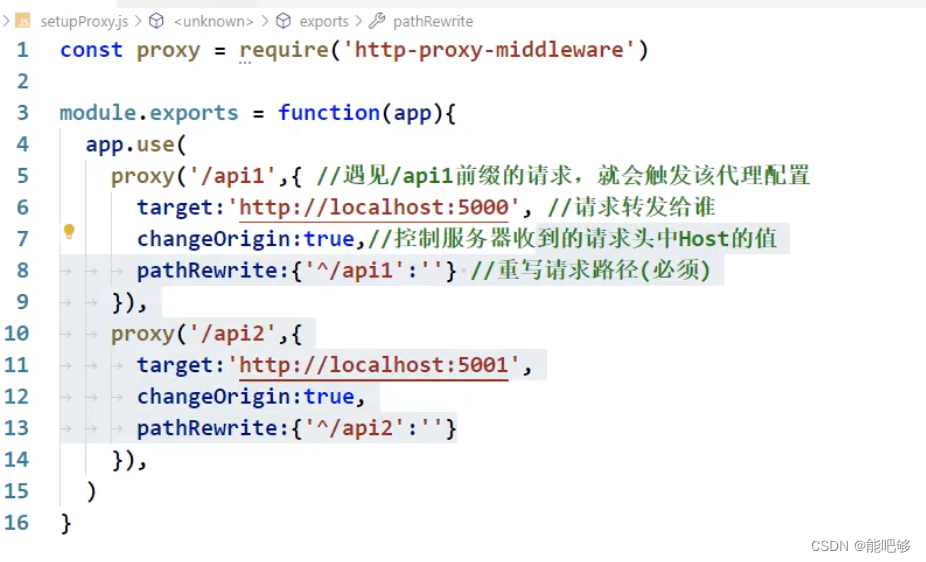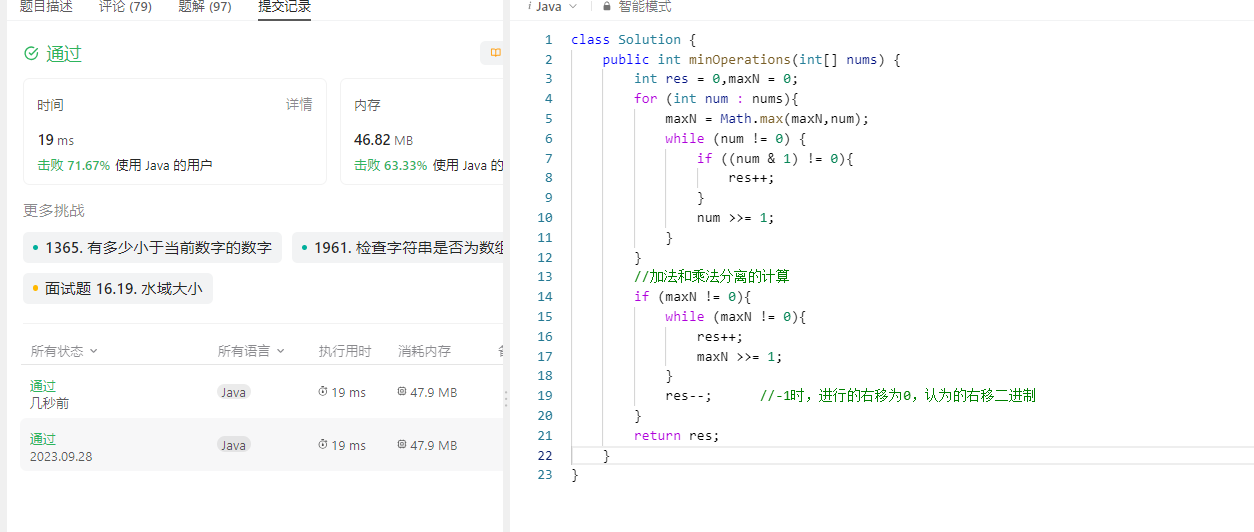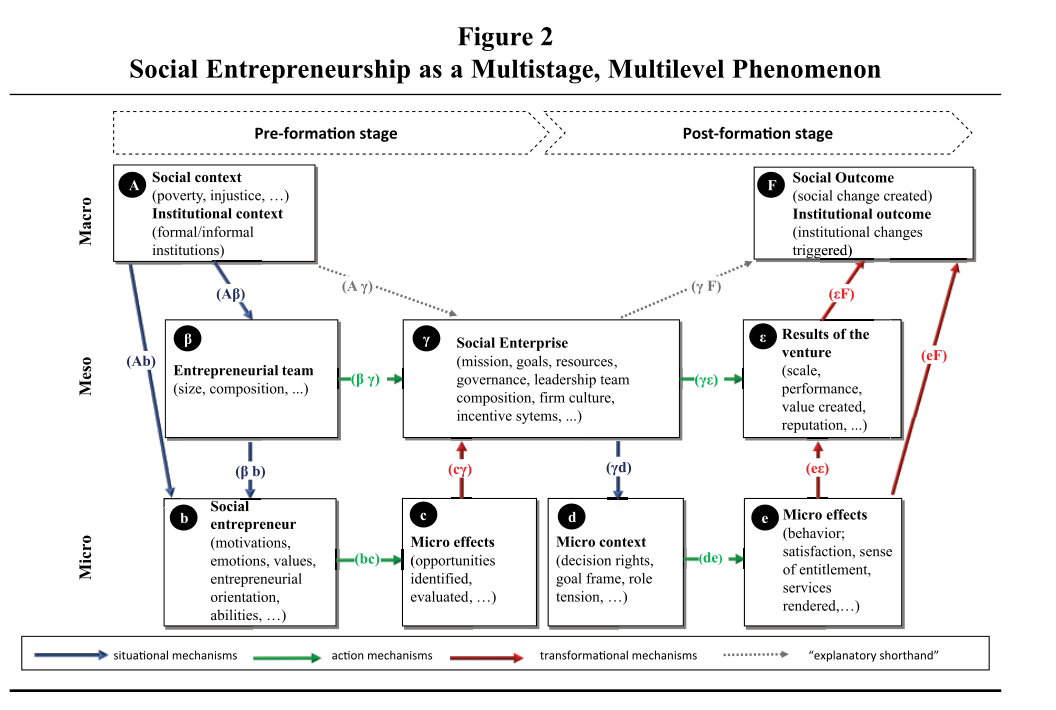文章目录
- 1.老生常谈_遍历
- 2.性能测试
- 3.OJ训练
- 3.1存在重复元素
- 3.2两个数组的交集Ⅱ
- 3.3两句话中的不常见单词
- 3.4两个数组的交集
- 3.5在长度2N的数组中找出重复N次的元素
1.老生常谈_遍历
#pragma once
#define _CRT_SECURE_NO_WARNINGS
#include <iostream>
#include <list>
#include <vector>
#include <algorithm>
#include <array>
#include <time.h>
#include <queue>
#include <stack>
#include <string>
#include <set>
#include <map>
#include <unordered_set>
#include <unordered_map>
#include <functional>
#include <assert.h>
using namespace std;
void test_unordered_set1()
{
unordered_set<int> us;
us.insert(1);
us.insert(3);
us.insert(2);
us.insert(7);
us.insert(2);
unordered_set<int>::iterator it = us.begin();
while (it != us.end())
{
cout << *it << " ";
++it;
}
cout << endl;
for (auto e : us)
{
cout << e << " ";
}
cout << endl;
}
void test_unordered_map()
{
string s[] = { "陀螺", "陀螺", "洋娃娃", "陀螺", "洋娃娃", "洋娃娃", "陀螺",
"洋娃娃", "悠悠球", "洋娃娃", "悠悠球", "乐高" };
unordered_map<string, int> um;
for (auto& e : s)
{
um[e]++;
}
for (auto& e : um)
{
cout << e.first << ":" << e.second << endl;
}
}
int main()
{
const size_t N = 1000000;
unordered_set<int> us;
set<int> s;
vector<int> v;
v.reserve(N);
srand(time(0));
for (size_t i = 0; i < N; ++i)
{
//v.push_back(rand());
//v.push_back(rand()+i);
v.push_back(i);
}
cout << "插入" << endl;
//set插入
size_t begin1 = clock();
for (auto e : v)
{
s.insert(e);
}
size_t end1 = clock();
cout << " set insert:" << end1 - begin1 << endl;
//unordered_set插入
size_t begin2 = clock();
for (auto e : v)
{
us.insert(e);
}
size_t end2 = clock();
cout << "unordered_set insert:" << end2 - begin2 << endl;
cout << endl;
//存入数据
cout << "存入数据量[初始值100w--去重后]" << endl;
cout << " set:" << s.size() << endl;
cout << "unordered_set:" << us.size() << endl;
cout << endl;
cout << "查找" << endl;
//set查找
size_t begin3 = clock();
for (auto e : v)
{
s.find(e);
}
size_t end3 = clock();
cout << " set find:" << end3 - begin3 << endl;
//unordered_set查找
size_t begin4 = clock();
for (auto e : v)
{
us.find(e);
}
size_t end4 = clock();
cout << "unordered_set find:" << end4 - begin4 << endl ;
cout << endl;
cout << "删除" << endl;
//set删除
size_t begin5 = clock();
for (auto e : v)
{
s.erase(e);
}
size_t end5 = clock();
cout << " set erase:" << end5 - begin5 << endl;
//unordered_set删除
size_t begin6 = clock();
for (auto e : v)
{
us.erase(e);
}
size_t end6 = clock();
cout << "unordered_set erase:" << end6 - begin6 << endl << endl;
cout << endl;
return 0;
}
2.性能测试
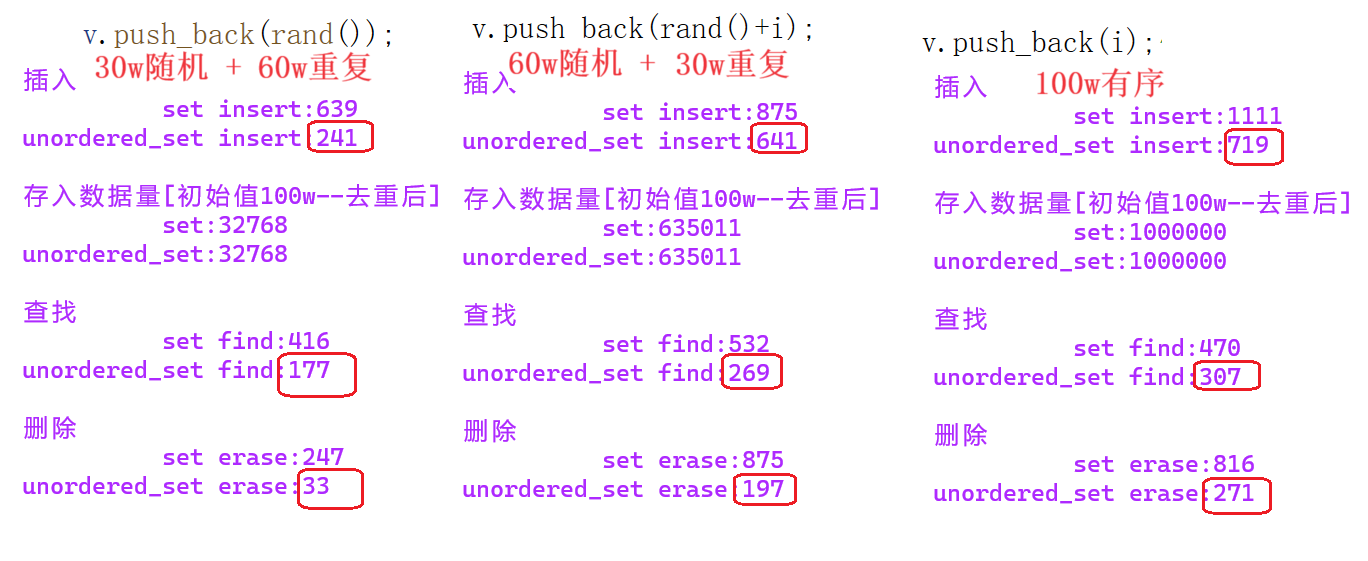
3.OJ训练
3.1存在重复元素
存在重复元素
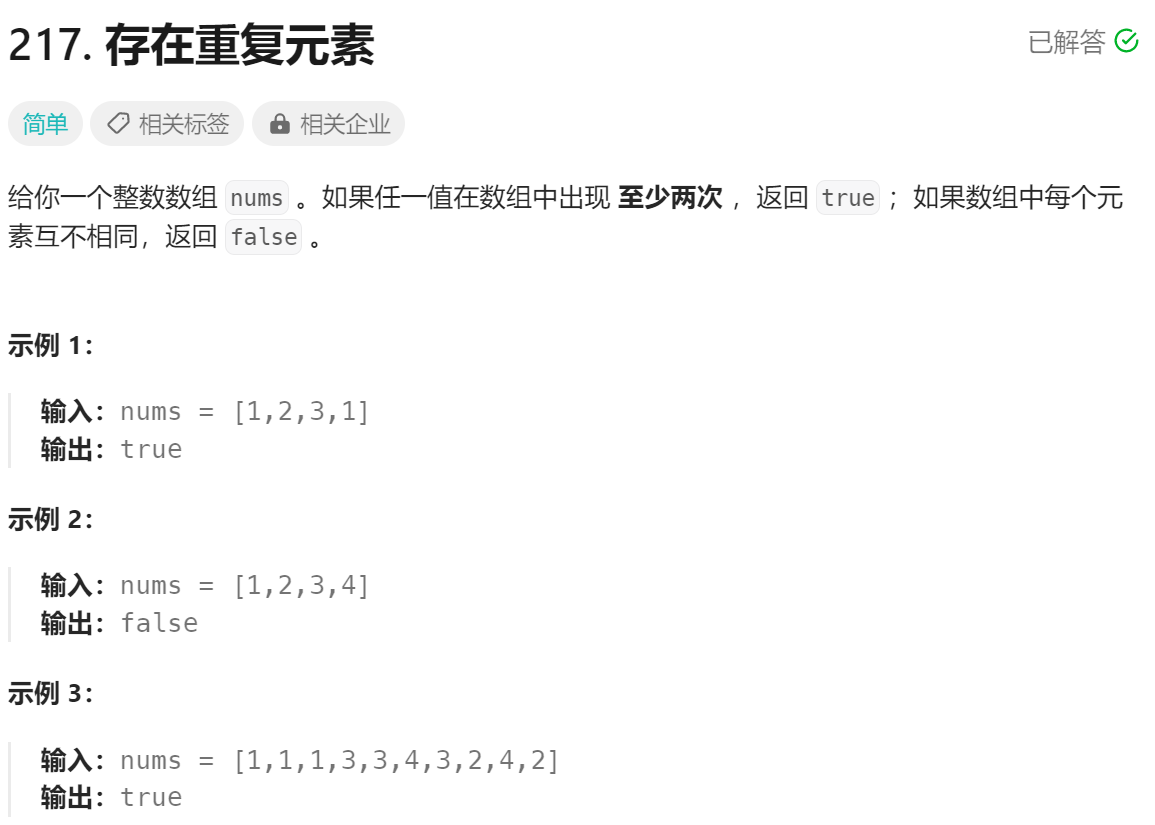

class Solution
{
public:
bool containsDuplicate(vector<int>& nums)
{
unordered_set<int> us;
for (auto x : nums)
{
//找不到x 插入us
if (us.find(x) == us.end())
us.insert(x);
//找到了--存在重复值
else
return true;
}
return false;
}
};
3.2两个数组的交集Ⅱ
两个数组的交集Ⅱ
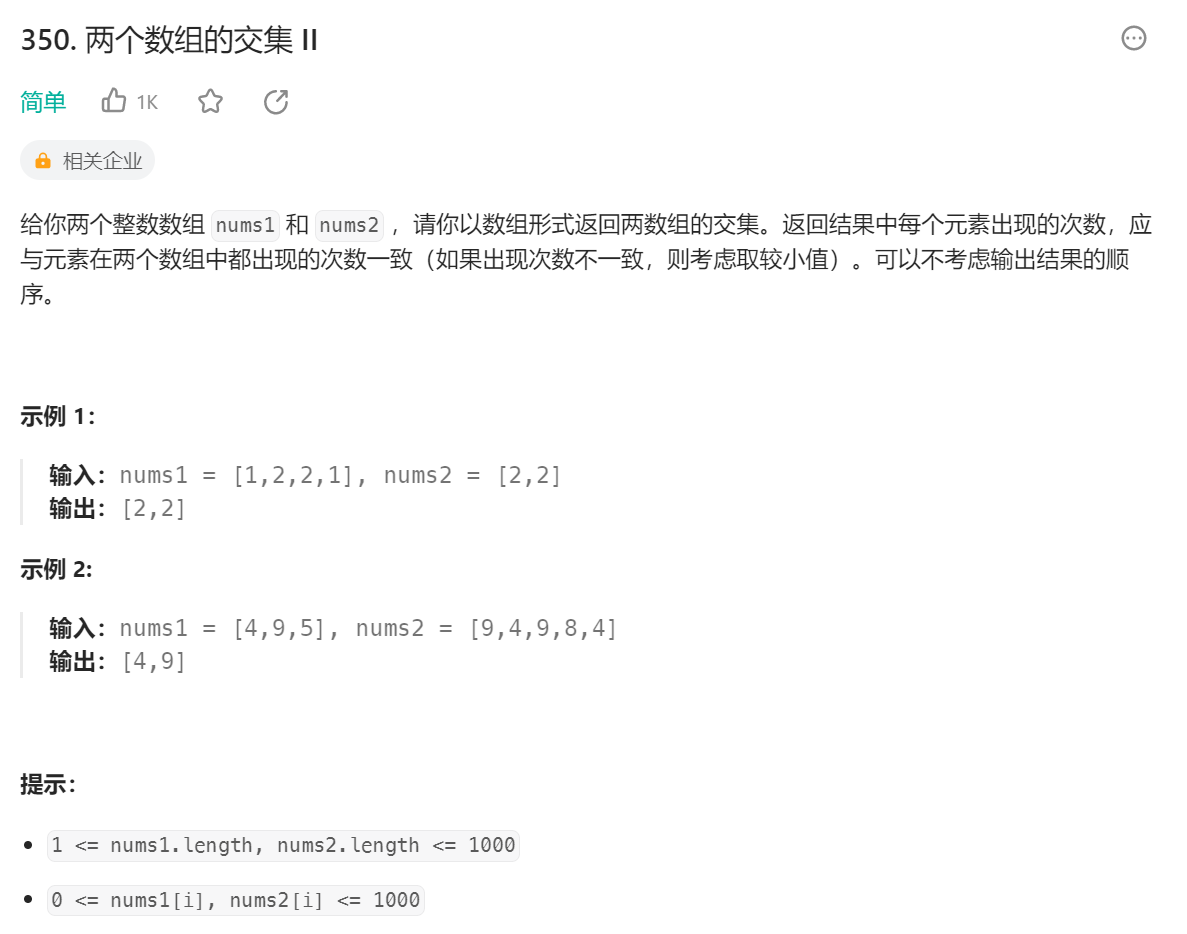
class Solution
{
public:
vector<int> intersect(vector<int>& nums1, vector<int>& nums2)
{
//假定nums1数据个数少:不写也ok
// 作用在于到时用count遍历查找时次数少一些
if (nums1.size() > nums2.size())
return intersect(nums2, nums1);
//插入到hashmap
unordered_map <int, int> um;
for (auto e : nums1)
{
//um中有e e.second++
//um中无e 插入e e.second++
//insert当插入相同key时--插入失败
++um[e];
}
//遍历第二个数组
vector<int> v;
for (auto e : nums2)
{
//若在数组1中也有--即是交集
if (um.count(e))
{
//是交集--插入
v.push_back(e);
//下面三行的意义:
//数组一中假设x出现2次 数组二x出现2次
// 每匹配一个 插入v中后 x次数--
--um[e];
if (um[e] == 0)
um.erase(e);
}
}
return v;
}
};
3.3两句话中的不常见单词
两句话中的不常见单词
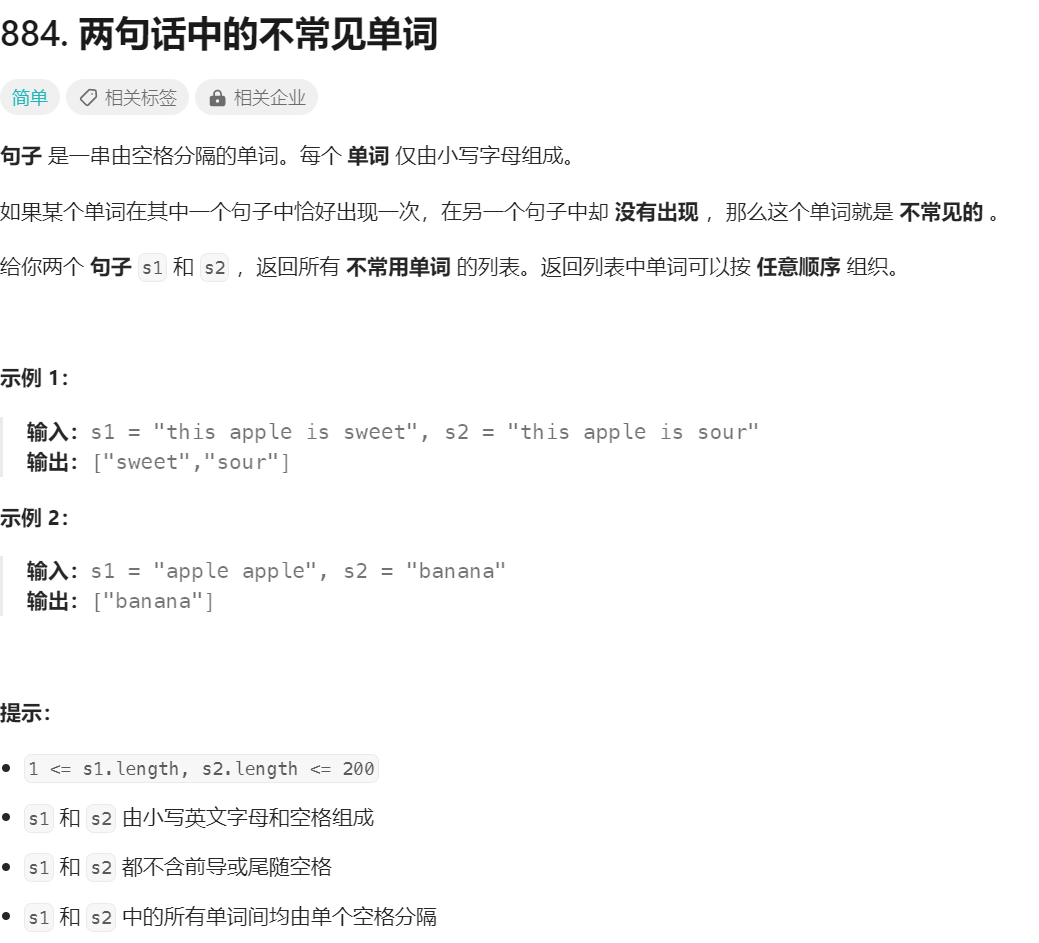
class Solution
{
public:
vector<string> uncommonFromSentences(string s1, string s2)
{
unordered_map<string, int> um;
//遍历字符串每一个字符 是字母保存
// 遇空格时 str定为一个单词 单词作为key插入 value值++
//到最后value是1的即为obj
string str = "";
for (auto& e : s1)
{
if (e != ' ')
str += e;
else
{
um[str]++;
str = "";
}
}
um[str]++;
str = "";
for (auto& e : s2)
{
if (e == ' ')
{
um[str]++;
str = "";
}
else
str += e;
}
um[str]++;
str = "";
vector<string> v;
for (auto& e : um)
{
if (e.second == 1)
v.push_back(e.first);
}
return v;
}
};
3.4两个数组的交集
两个数组的交集
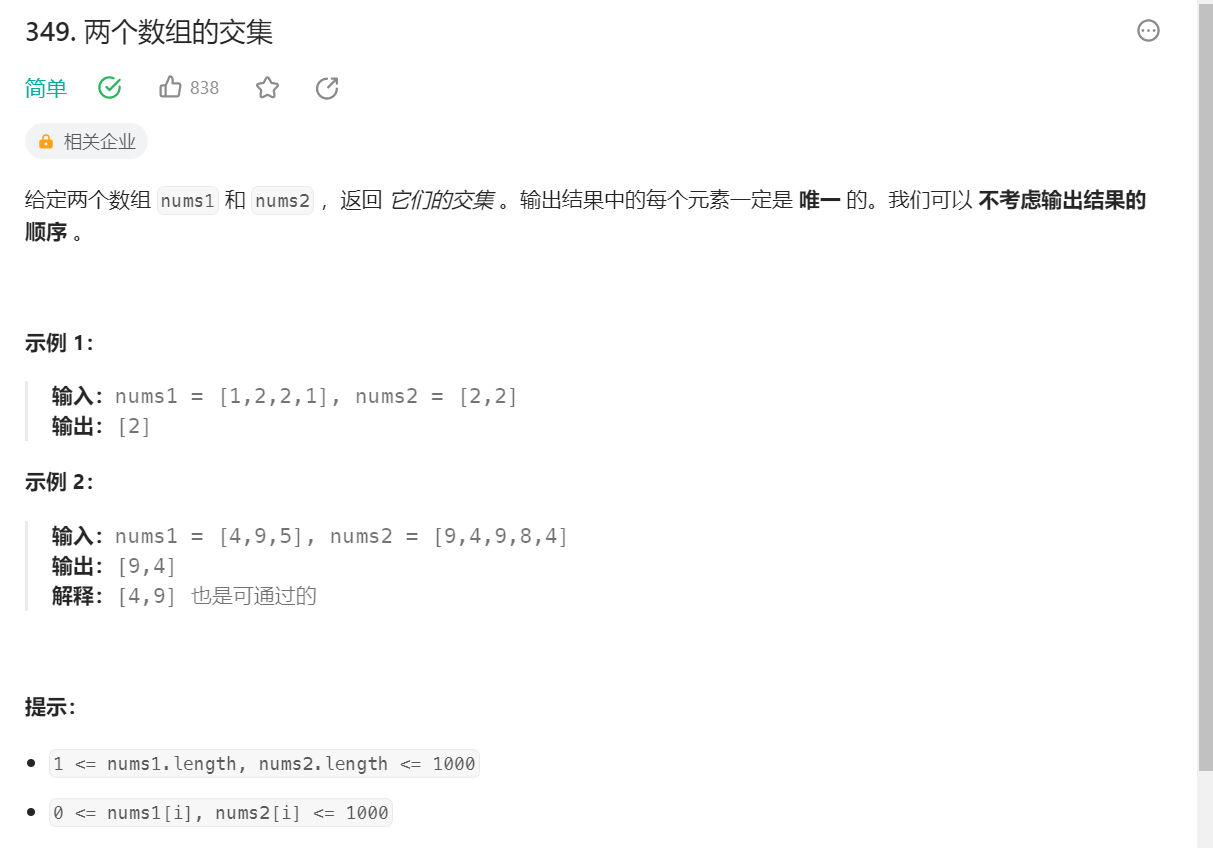
class Solution
{
public:
vector<int> intersection(vector<int>& nums1, vector<int>& nums2)
{
unordered_set<int> us1, us2;
for (auto& e : nums1)
us1.insert(e);
for (auto& e : nums2)
us2.insert(e);
return get(us1, us2);
}
vector<int> get(unordered_set<int>& us1, unordered_set<int>& us2)
{
if (us1.size() > us2.size())
return get(us2, us1);
vector<int> v;
for (auto& e : us1)
{
if (us2.count(e))
v.push_back(e);
}
return v;
}
};
3.5在长度2N的数组中找出重复N次的元素
在长度2N的数组中找出重复N次的元素
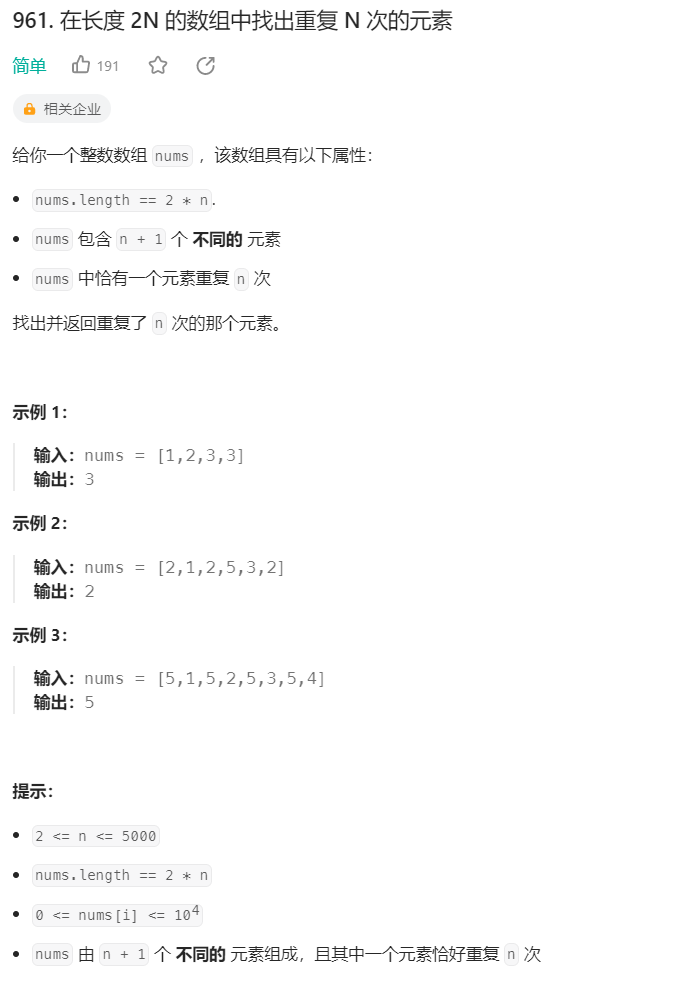
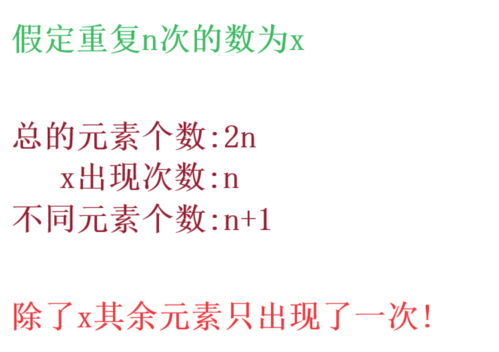
class Solution
{
public:
int repeatedNTimes(vector<int>& nums)
{
unordered_set<int> us;
for (auto& e : nums)
{
if (us.count(e))
return e;
us.insert(e);
}
return -1;
}
};
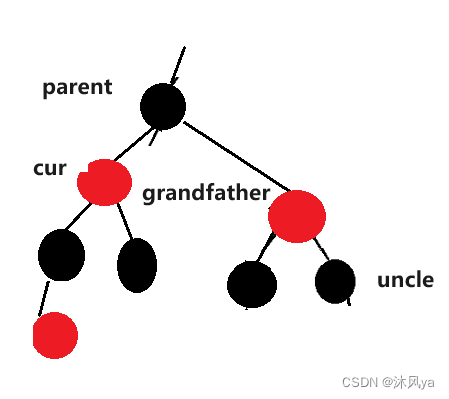
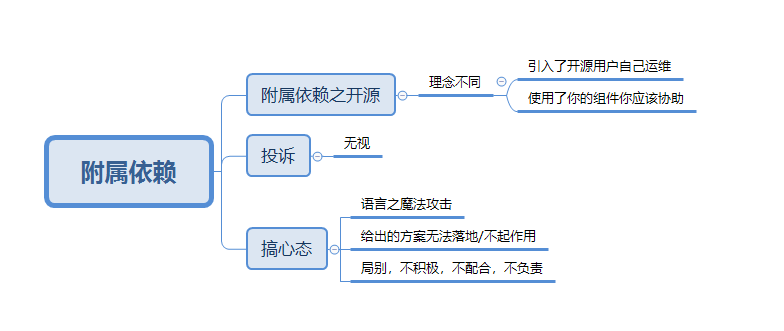
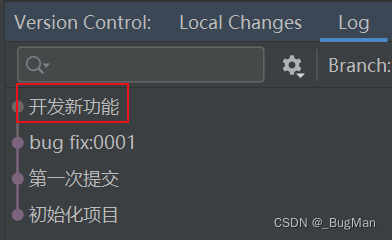
![两条链表相同位数相加[中等]](https://img-blog.csdnimg.cn/f969743c30b04fa29447e490e4d100f2.png)
